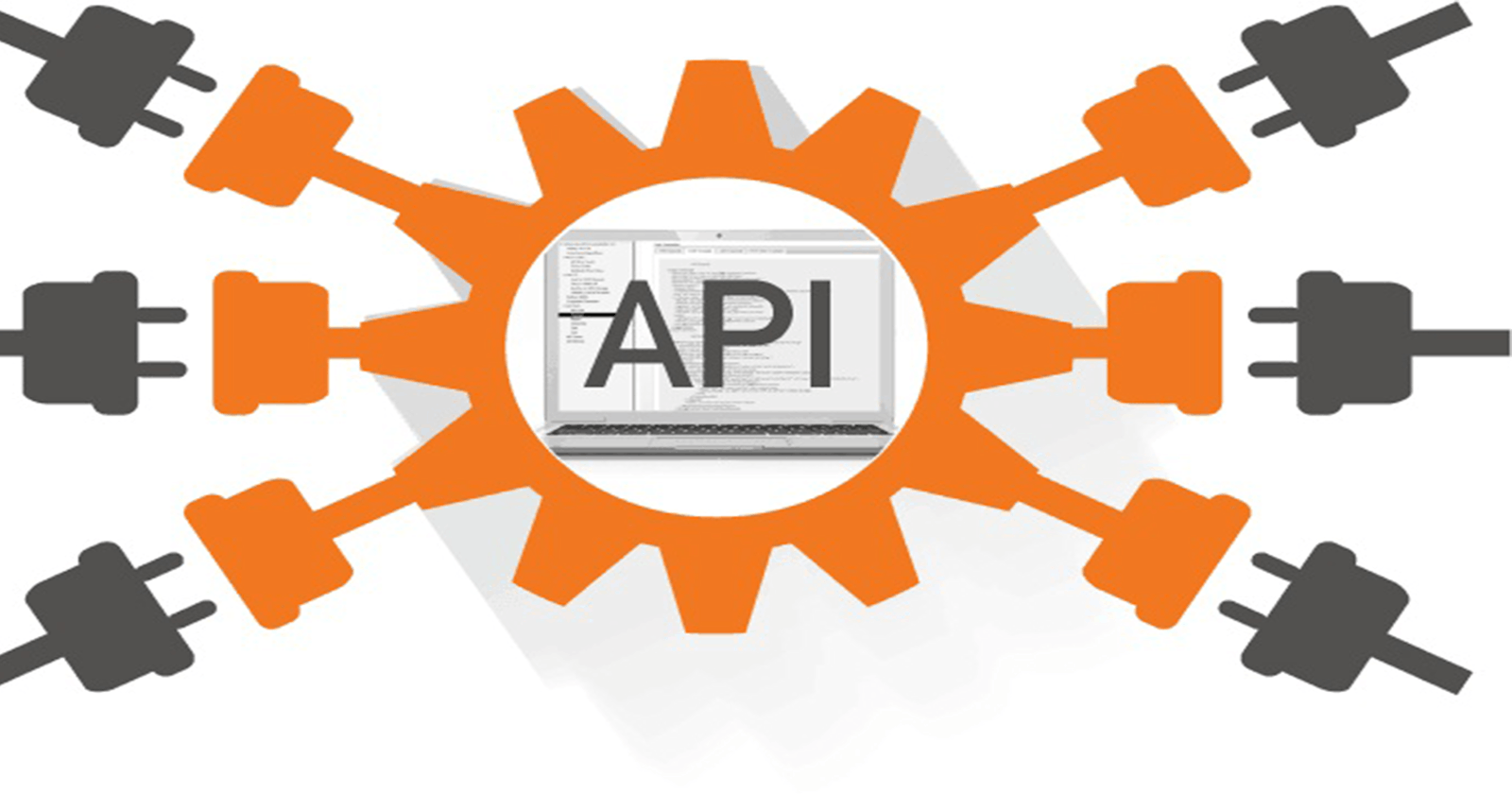4 key facts about an API to get started
Are you interested in APIs, or perhaps never heard of them before? This resource will be a great starting point.
Have you ever questioned how two very dissimilar systems can communicate with each other? Have you given any thought to information sharing amongst microservices?
Then you need to be aware of these 4 API facts.
What is an API?
API stands for Application Programmable Interface, it enables systems to communicate with each other and share data. Since they communicate over the internet, certain APIs are regarded as web services.
The sharing of data is made simple using APIs. Each system in the concept of a microservice has its own task to complete. One system sends a request or makes a call, and the other system responds to it. No direct connection exists between the two systems, the API carries the messages to and fro.
Why do I need to care about APIs?
APIs make it easier for others to connect with data for their project. Users can request data from different sources to use in their projects.
APIs give the power of flexibility. Using APIs, so many layers of abstraction are hidden, so users don’t need to worry about how the code works, they only need to use the data provided to them.
APIs improve security. During the communication between two systems, the API stands as the man in the middle thereby controlling the actions that can be performed and resources that can be shared.
NB: More research shows that APIs expose the backend to some threats. If you stick around by subscribing to the blog, I’ll be sharing those threats and how to mitigate them.
How APIs can communicate?
APIs communicate through a set of styles and standards.
Standards are usually formal documents that establish uniform engineering or technical criteria, methods, processes, and practices. Some organizations are W3C, IETF, OASIS etc.
Styles refer to abstract plans or conventions for the construction of an object or a system, such as architectural blueprints, engineering drawings or business processes.
Some API styles are REST (Representational State Transfer), SOAP (Simple Object Access Protocol), XML-RPC (Remote Procedure Call), and a few more. However, some styles are more formal than others.
I'll write a post soon outlining the various styles, their benefits, and their limitations.
Where can I find an API to make use of?
APIs can be public or private. Public APIs are always available for public use. There are sites online where people store their APIs for anybody to use.
Some are, however, free, while others are not. There are also some terms and conditions to follow if you want to make use of an API.
Stay tuned to learn more about public and private APIs.
If you enjoyed what you just read, please like, comment, and repost it so that others can also learn.
